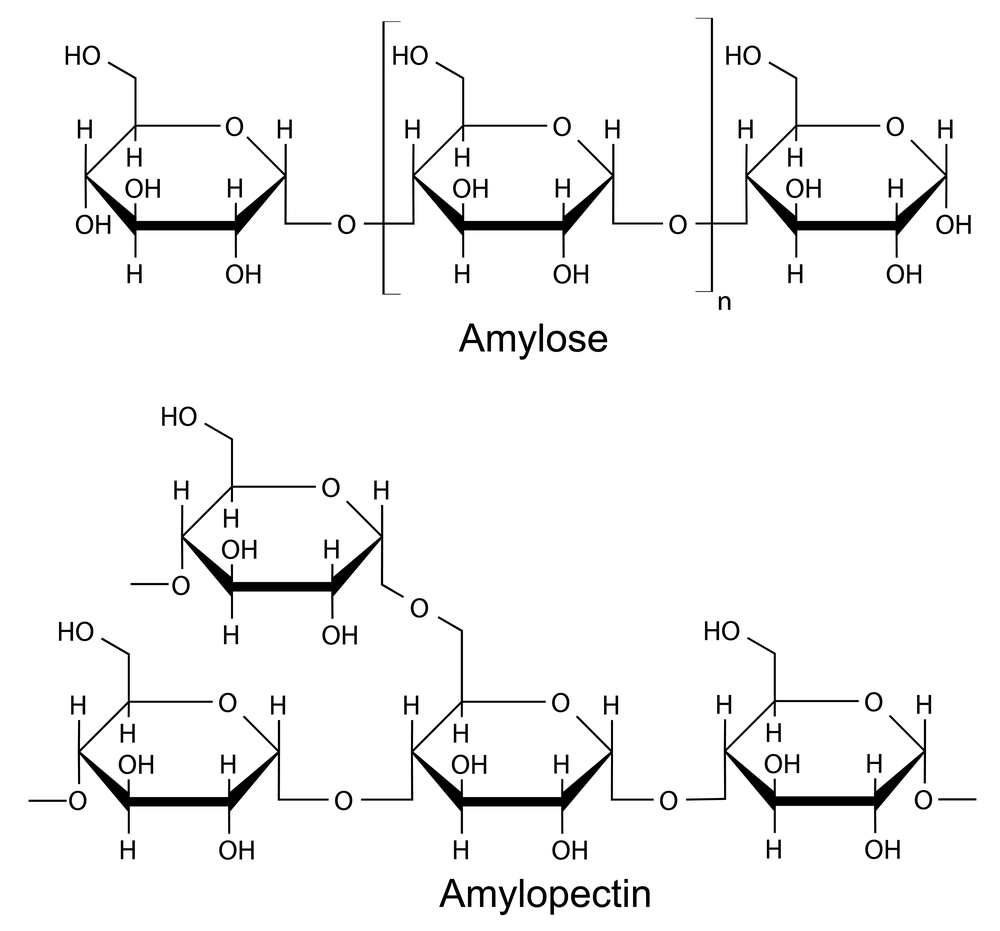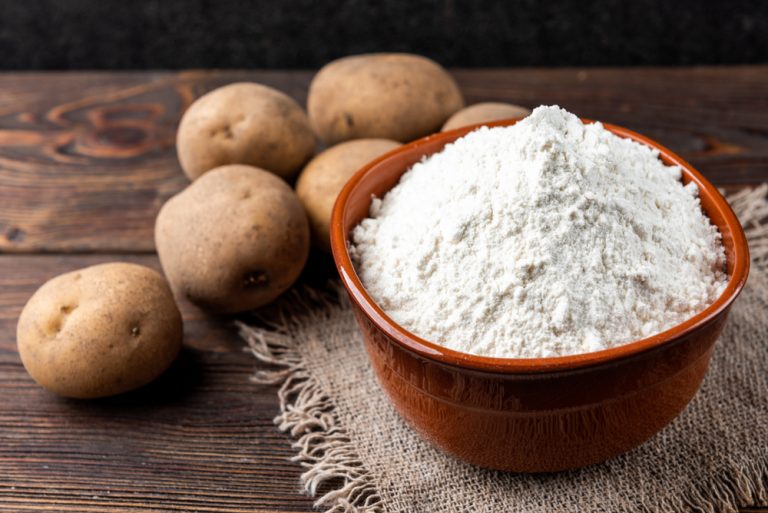Starch is a plant substance that belongs to the group of carbohydrates. Naturally occurring starch is a nutrient that provides complex carbohydrates in the diet. After proper processing, it is widely used in the industry. Check what properties starch has and what products it is present in.
Starch - properties
Starch is mainly presented in plant cells as a storage substance. It is synthesized in nature in the form of grains of various sizes. The size of starch grains varies depending on the plant species and climatic conditions of its occurrence.Oat produces the smallest starch grains and the largest ones are synthesized by potatoes. The supermolecular structure of starch is also very different depending on the plant from which it was extracted. This means that starches of different origins have different properties and different possible applications.
Starch does not dissolve in cold water. Forms a kind of gel with hot water. The ability to gelatinize is one of the commonly used properties of starch. Under the influence of hot water, the starch granules swell as the intra and extracellular hydrogen bonds between the starch components break.
New hydrogen bonds are formed between water and starch, i.e. molecules are hydrated. Gelatinization affects the crystalline structure of starch.
Starch for industrial applications is subjected to various types of chemical and physical modifications, which leads to obtaining raw materials useful in various industries.
In this way, many varieties of modified starches are obtained. Starch modifications are carried out because in the raw state it is not thermally and rheologically stable (it deforms under the influence of different physical forces), it is not resistant to very acidic or very alkaline environment and mechanical shear forces.
Starch - sources
Starch is present in plant products, mainly in corn, cereal grains (wheat, rye, oats, rice, etc.), potatoes and tapioca. Small amounts are found in other vegetables and nuts. In the nutritional aspect, naturally occurring starch is a nutrient that provides complex carbohydrates in the diet.
In the nutritional value table of the product, its quantity expressed in grams can be found in the carbohydrates section. It is assumed that 1 g of starch provides 4 kcal. It is digested to form oligosaccharides, dextrins, and ultimately to individual glucose compounds.
Starch - types
Resistant starch
A property of starch, mostly recognized in dietetics, is retrogradation, i.e. the release of amylose from the gruel. Amylose loses its property of being dissolved in water. Starch which, after cooling, precipitates into an insoluble form, is then so-called resistant starch. It has a well-documented scientific impact on the human body
Resistant starch precipitates in cooked and cold-cooled macaroni, rice or potatoes. Its health-promoting effect is based on the fermentation of resistant starch in the large intestine by our bacteria.

The main fermentation products are short-chain fatty acids - acetic, propionic, butyric, valerian, isovaleric and isobutyric.
Butyric acid is recognized as extremely valuable for the nutrition of intestinal epithelial cells, and fermentation of resistant starch allows it to obtain the most in comparison with other polysaccharides. The positive effects of short-chain fatty acids on the body are well studied and include
Modified starch
Modified starches have found wide application. They are used in the production of medicines for blood clotting, as well as sorbents, carriers of powder and backfill components, components for photosensitive layers, drug encapsulating materials, drilling mud additives, binding materials, fillers for plastics, thickeners, glue components, pastes, etc.
Other technically important starches are those received from rice, tapioca and waxy maize starch. Yet their total production does not exceed 5% of the total starch produced. Natural starches obtained directly from plants, and above all modified starches are very often used in food production processes.
Starch - application
Modified starch in various forms is approved as a food additive and recognized as completely safe for health. It is added to various types of processed foods.
Modified starch is found in products such as puddings, pudding creams, whipped cream, powdered cake mixes, toppings, toppings, coatings, traditional and instant pasta, sausages, sausages, sausages, canned meat, pates, soups and powdered sauces, the so-called. hot mugs - soups, jelly, puddings, instant porridges.
The use of various types of modified starches in the food industry
Starch is a polysaccharide made of individual D-glucose molecules linked by an alpha-glycosidic bond. Starch consists of two fractions of glucose polymers - unbranched amylose and branched amylopectin.
Amylose molecules are smaller and contain from 300 to 600 glucose units, while in amylopectin there are about 2500 of them. Amylose is usually from 10 to 35% by mass of starch, however other types contain up to 98% of amylopectin. The ratio of amylose to amylopectin in the polysaccharide is responsible for many of its properties and the technological suitability of starch.






